The SlatePro TechDesk is a new Kickstarter project featuring a desk that has been designed with built-in docks and cutouts to accommodate several different Apple devices. It comes with multiple display docks that are able to hold an iPad, iPhone, or other mobile device, and air vents in the middle of the desk offer continual cooling for MacBooks.

Designed to fit any size computer or laptop, from a MacBook to an iMac, the desk also comes equipped with a heavy duty mousepad, a filing rack, a pen dock, and a recessed cup holder. There are also built-in cutouts for cords to keep everything organized.
The SlatePro's surface is cut from pure, premium bamboo and protected by a sheet of clear acrylic. It's super strong, very light weight, and it will support your computer with ease. The desk's steel legs are completely hand-crafted. They create the perfect height and are made by some of the best metal workers in the USA.
Nathan Mummert, the SlatePro's creator, was also behind the Slate Mobile AirDesk, a successful Kickstarter project that featured a portable lap desk.
Some early pricing tiers of the SlatePro have already sold out, but interested backers are still able to pre-order a desk for $448 on Kickstarter. The first desks are expected to ship in May of 2014, while orders made now will ship in June or July.


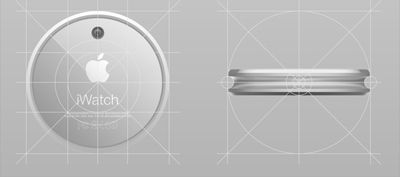
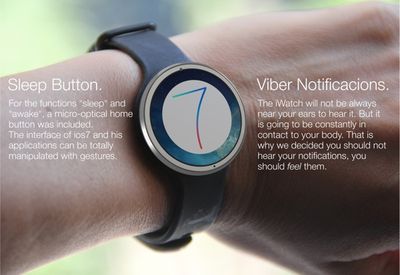
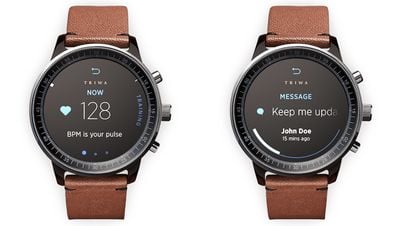
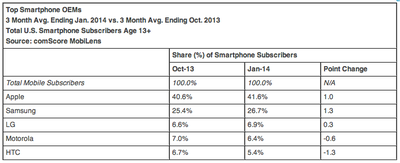
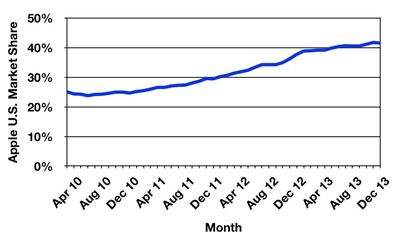
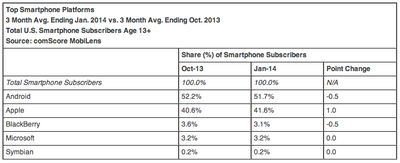

 Jawbone today updated its UP app to version 3.1, adding several new features to improve its
Jawbone today updated its UP app to version 3.1, adding several new features to improve its 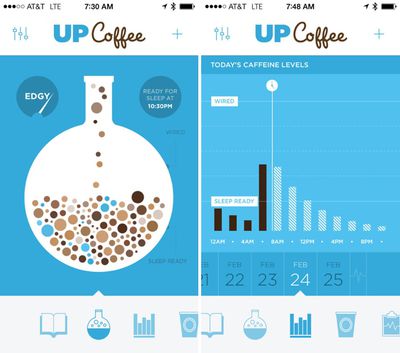
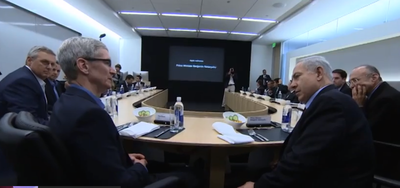
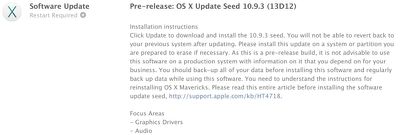
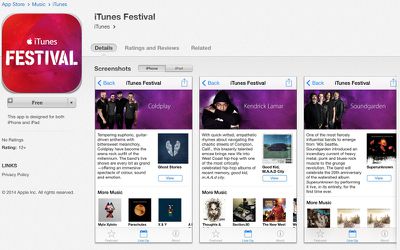
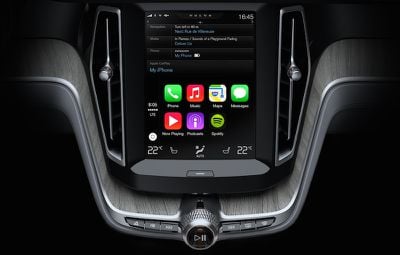

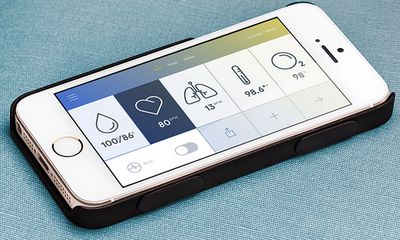
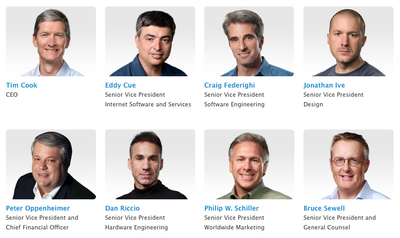
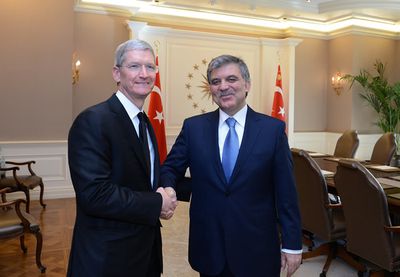
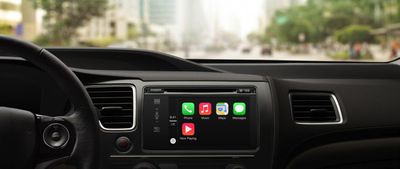
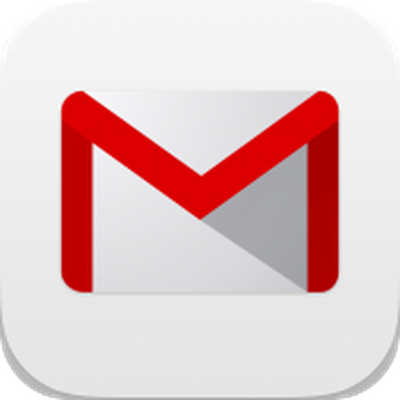 Google today
Google today 











